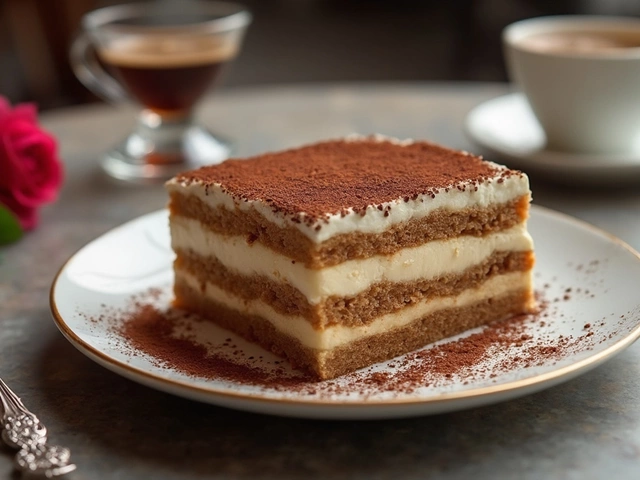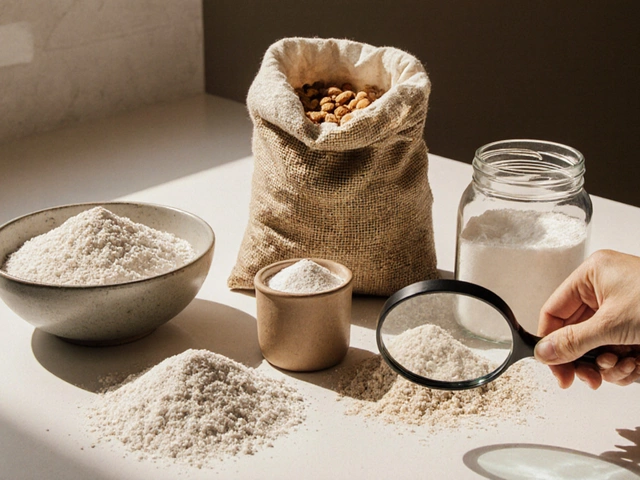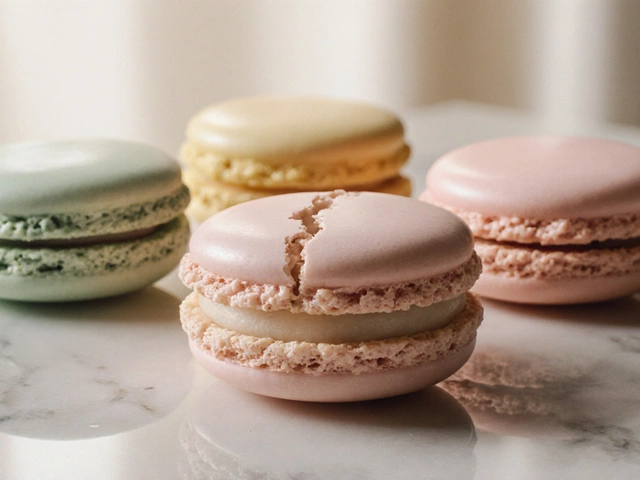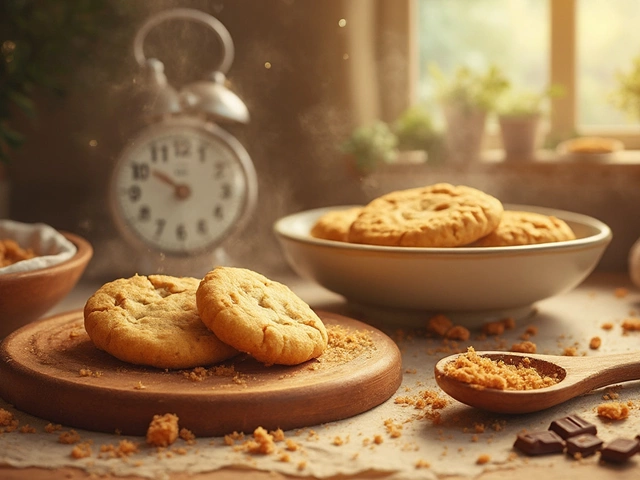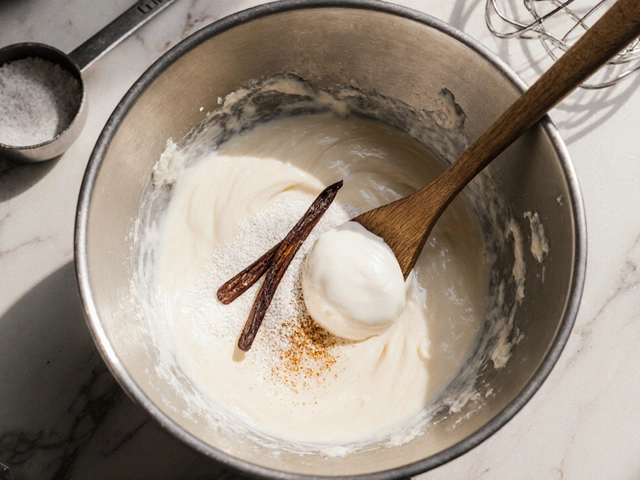French Pastry: Classic Recipes, Tips, and Tricks
If you love buttery layers, delicate fillings, and a touch of elegance, French pastry is the answer. On this page you’ll find easy‑to‑follow advice, simple tricks, and a quick look at the most popular French sweets. Whether you’re a beginner or have baked a few croissants before, these pointers will help you get that professional look at home.
Why French Pastry Stands Out
French bakers have spent centuries perfecting doughs that are light yet sturdy. The secret is usually a combination of high‑quality butter, precise temperature control, and patience. A classic puff pastry, for example, needs the butter to stay cold while the dough is rolled out. If the butter melts, the layers won’t separate and you’ll end up with a dense crust instead of airy flakes.
Another hallmark is the balance of flavors. A properly made éclair isn’t just sweet; the choux dough adds a subtle eggy note that lets the chocolate glaze shine. Macarons show the same principle: a crisp shell, a soft interior, and a filling that complements rather than overwhelms the almond base.
Essential Techniques for Perfect Pastry
Keep everything cold. From the butter to the mixing bowl, low temperatures stop the fat from breaking down too early. When you’re rolling puff pastry, chill the dough for at least 30 minutes between folds.
Measure accurately. A pinch of flour or a gram more butter can change the texture. Use a kitchen scale for the best results, especially for delicate recipes like mille‑feuille or madeleines.
Don’t rush the bake. French pastries often need a high initial temperature to create steam, then a lower heat to finish cooking without burning. For croissants, bake at 425°F (220°C) for the first 10 minutes, then drop to 375°F (190°C) for the remaining time.
Practice the lamination fold. The classic “turn” is rolling the dough into a rectangle, folding it into thirds, and repeating. Three turns give you the classic 27 layers; more turns create even finer layers. If you’re nervous, start with a simple fruit‑filled turn‑over pastry before tackling a full‑size croissant.
For beginners, start with a simple choux pastry. It only needs flour, butter, water, and eggs. Pipe the dough onto a baking sheet, bake until puffed, then fill with vanilla cream or chocolate. The technique teaches you how steam creates lift, a skill that carries over to éclairs and profiteroles.
When you’re ready for something show‑stopping, try a classic French mille‑feuille. Layer puff pastry with pastry cream and a thin glaze of icing. The key is to keep the cream cool so it doesn’t melt the layers, and to cut the final piece with a very sharp knife for clean edges.
Our site, Chat with the Cooktop, has step‑by‑step guides for many of these pastries. You’ll find detailed instructions, troubleshooting tips, and answers to common questions like “why did my croissant turn out flat?” or “how do I prevent macaron shells from cracking?”
Remember, every baker hits a few fails before hitting the sweet spot. Use each batch as a learning step: note the dough temperature, the oven’s performance, and any adjustments you made. Over time you’ll develop a feel for the dough that no recipe can teach.
Ready to start? Grab some butter, fire up the oven, and pick a recipe that excites you. With the right technique and a bit of patience, you’ll be serving French pastries that look as good as they taste. Happy baking!
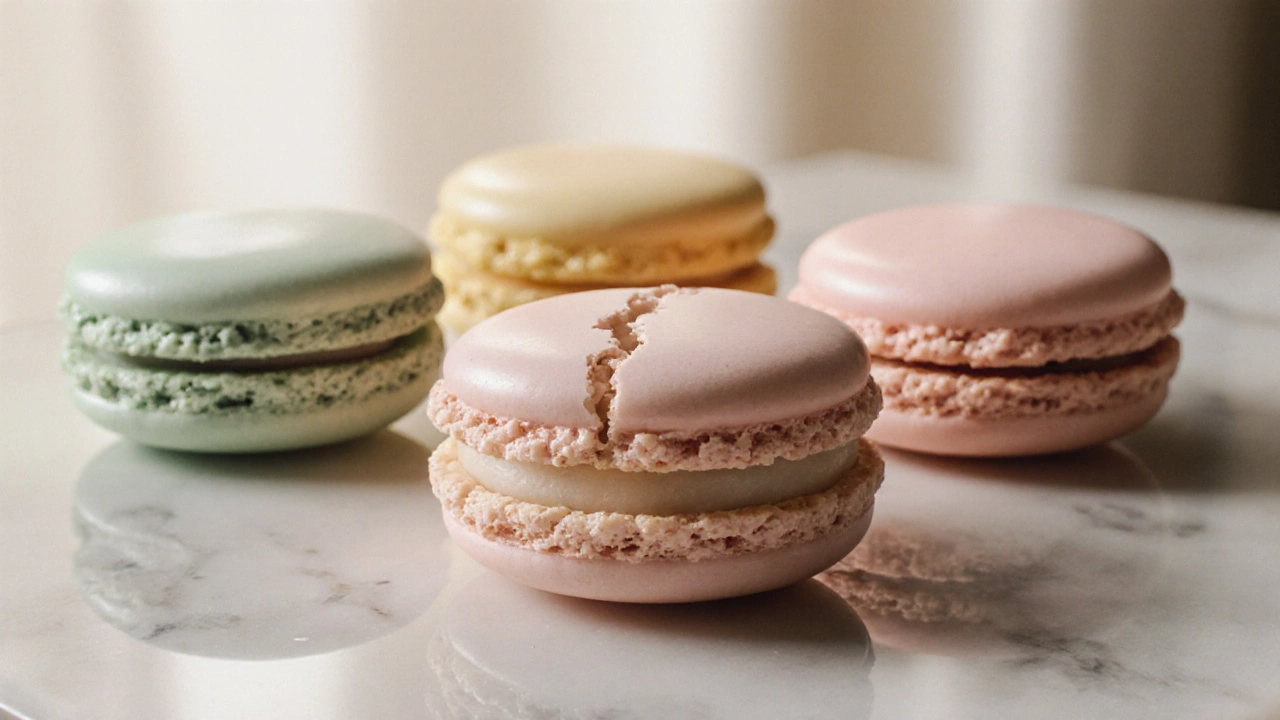
What is a macaron in French? Definition, History, and Pronunciation
Learn the true meaning of a macaron in French, its history, pronunciation, key ingredients, and how to spot authentic versions.
View More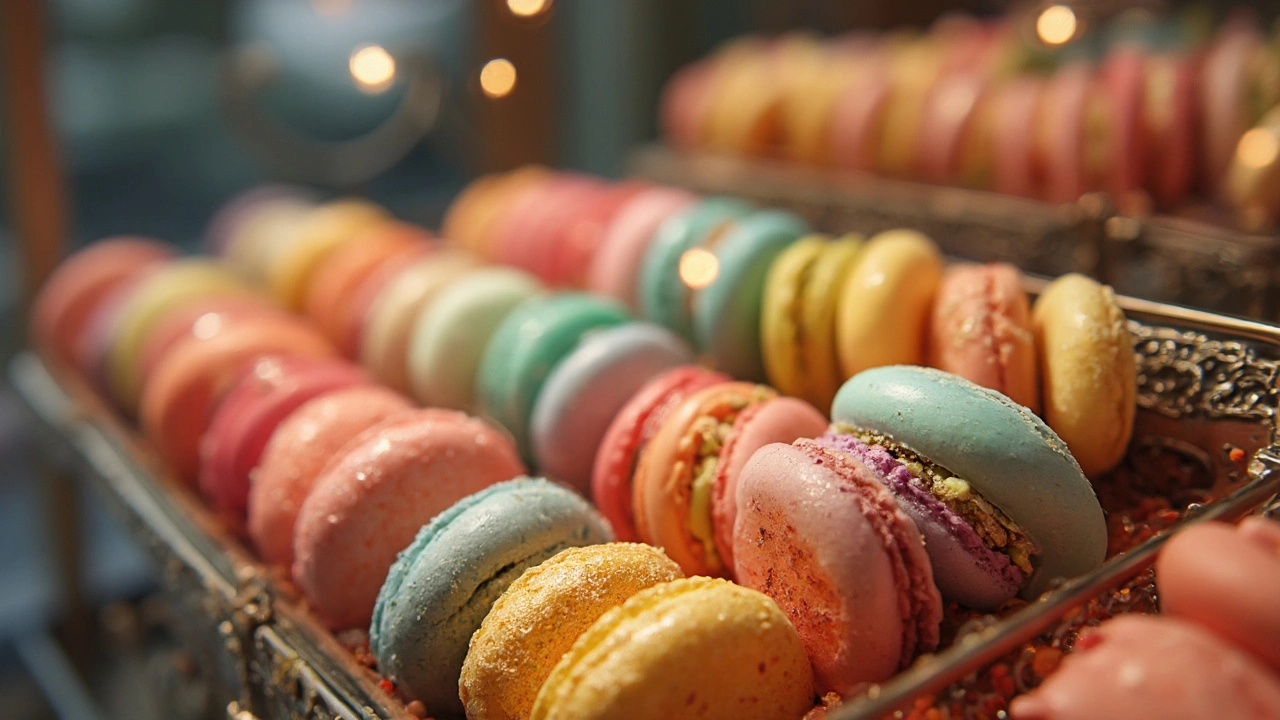
What Does a Macaron Taste Like?
Macarons are delicate French pastries known for their vibrant colors and intricate flavors. These tiny, meringue-based confections come in various flavors, from classic vanilla to exotic matcha. With their unique textures and flavors, macarons have become a favorite treat worldwide. This article explores the taste of macarons, tips for enhancing their flavor experience, and the artistry behind their creation.
View More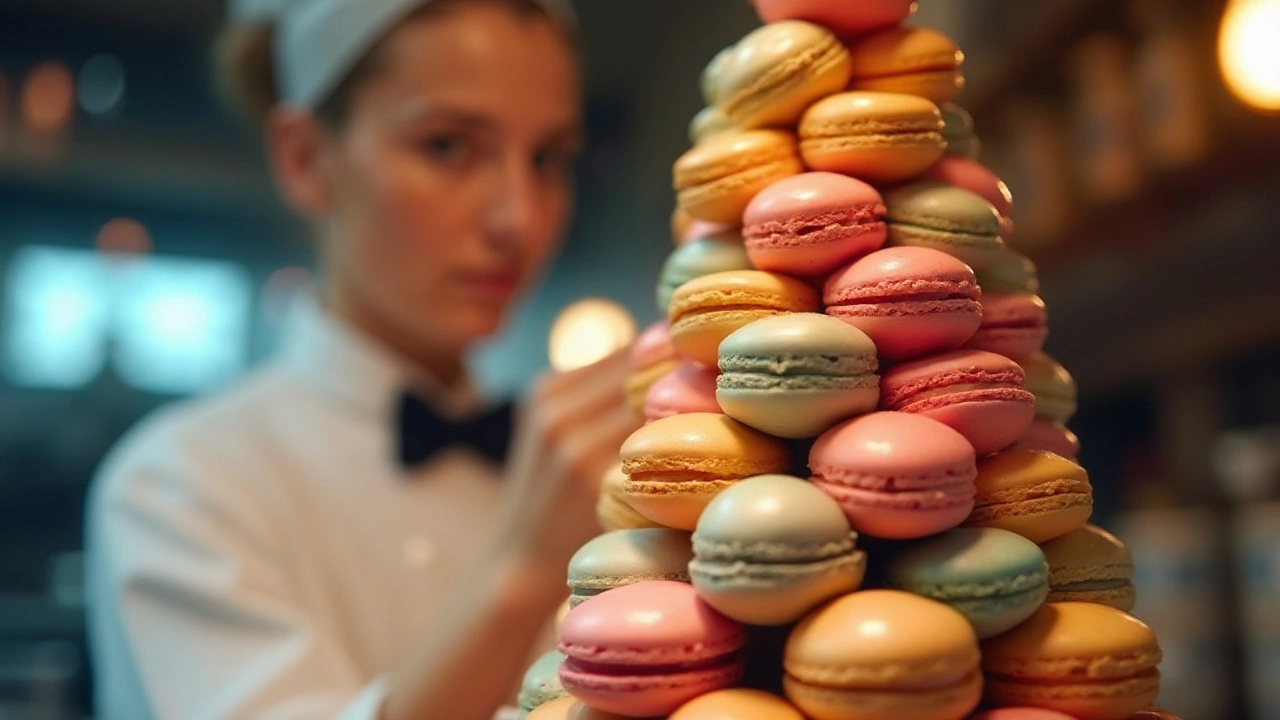
Building the Perfect Macaron Tower: A Guide to Precision and Beauty
Creating a macaron tower, or croquembouche, is a delightful culinary endeavor that combines artistic skill with delicious baking. This article provides a step-by-step guide to building your tower, including the number of macarons needed, tips for maintaining structure, and creative decoration ideas. Whether you're planning a wedding or a birthday, this guide will ensure your tower stands out as a centerpiece to remember.
View More
